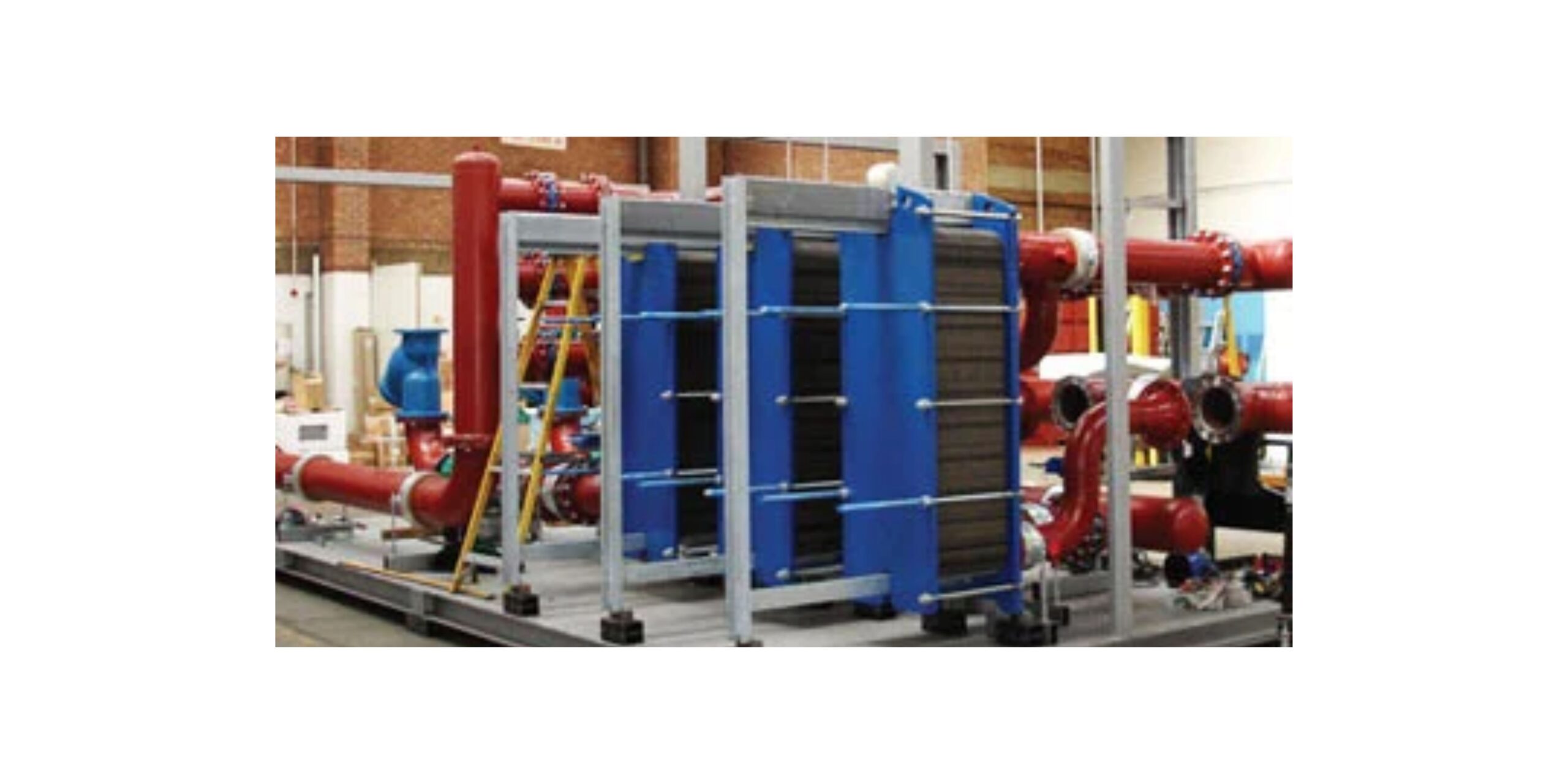When it comes to efficient heat transfer in challenging environments, plate fin heat exchangers are often the go-to solution. Their robust design and versatile applications make them ideal for various demanding conditions. In this blog, we’ll explore why plate fin heat exchangers are a dependable choice for tough settings, comparing them with air cooled heat exchangers and highlighting their unique benefits.
Understanding Plate Fin Heat Exchangers
What Is a Plate Fin Heat Exchanger?
A plate fin heat exchanger is a type of heat exchanger that utilizes a series of thin, closely spaced plates and fins to transfer heat between two fluids. The plates are usually made of metal and arranged in a stack, creating a large surface area for heat transfer. The fins enhance this surface area, improving the efficiency of heat exchange.

How Does It Work?
In a plate fin heat exchanger, hot and cold fluids flow through alternating channels separated by the plates. Heat is transferred from the hot fluid to the plates and then to the cold fluid through the fins. This design ensures that the fluids do not mix but efficiently transfer heat between them.
Why Choose Plate Fin Heat Exchangers for Tough Settings?
1. High Efficiency in Compact Designs
One of the main advantages of plate fin heat exchangers is their high efficiency despite their compact size. The large surface area provided by the plates and fins allows for effective heat transfer even in limited space. This makes them suitable for environments where space is at a premium or where high heat transfer rates are required.
2. Robust Construction
Plate fin heat exchangers are built to withstand harsh conditions. They are designed with durable materials that can handle high temperatures and pressures. This robustness makes them ideal for applications in industries such as aerospace, chemical processing, and oil and gas, where equipment is often exposed to extreme conditions.
3. Versatility in Applications
Another reason plate fin heat exchangers are a dependable choice is their versatility. They can be used in a wide range of applications, from cooling and heating processes to recovering waste heat. Their design can be customized to meet specific requirements, making them adaptable to various industrial needs.
4. Enhanced Heat Transfer Performance
The combination of plates and fins in a plate fin heat exchanger maximizes the heat transfer surface area, leading to improved performance. This enhanced efficiency helps in maintaining optimal temperatures and reducing energy consumption. In comparison, air cooled heat exchangers might not always provide the same level of performance in certain settings due to their reliance on ambient air for cooling.
Comparing Plate Fin Heat Exchangers and Air Cooled Heat Exchangers
Plate Fin Heat Exchangers vs. Air Cooled Heat Exchangers
Air cooled heat exchangers use air as the cooling medium, typically involving fans to move air over a coil or finned surface where heat is transferred. While effective in many scenarios, their performance can be affected by external factors such as ambient temperature and air quality.
In contrast, plate fin heat exchangers are less influenced by external conditions because they rely on the internal flow of fluids for heat exchange. This makes them more reliable in environments where temperature fluctuations or air quality might impact performance.
Benefits of Plate Fin Heat Exchangers Over Air Cooled Heat Exchangers
- Consistency: Plate fin heat exchangers provide consistent performance regardless of external weather conditions. This is especially important in environments where maintaining a stable temperature is critical.
- Space Efficiency: Due to their compact design, plate fin heat exchangers require less space compared to air cooled heat exchangers. This can be advantageous in settings where space is limited.
- Maintenance: Plate fin heat exchangers typically require less maintenance compared to air cooled heat exchangers. They don’t have moving parts like fans, which reduces the likelihood of mechanical failures.
- Energy Efficiency: By enhancing heat transfer efficiency, plate fin heat exchangers can help lower energy consumption. This can be beneficial in reducing operational costs and improving overall system efficiency.
Applications in Tough Settings
Aerospace Industry
In the aerospace industry, equipment and systems are often exposed to extreme temperatures and pressures. Plate fin heat exchangers are used in aircraft and spacecraft to manage heat efficiently in these demanding conditions. Their ability to perform reliably in high-stress environments makes them an essential component in aerospace technology.
Chemical Processing
Chemical processing plants deal with corrosive substances and high temperatures. Plate fin heat exchangers are ideal for these settings due to their robust construction and resistance to chemical corrosion. They play a crucial role in managing heat in reactors, distillation units, and other critical processes.
Oil and Gas Industry
The oil and gas industry operates in some of the harshest environments on earth. Plate fin heat exchangers are used in various applications, including cooling systems for gas turbines and heat recovery units. Their durability and efficiency help ensure smooth operation and reliability in these challenging settings.
Maintenance and Care
Regular Inspections
To maintain the performance of plate fin heat exchangers, regular inspections are essential. Checking for signs of wear, corrosion, or clogging can help prevent issues and ensure the system operates efficiently.
Cleaning
Keeping the plates and fins clean is crucial for optimal heat transfer. Depending on the application, cleaning may involve removing debris or scaling that could obstruct the flow of fluids.
Professional Servicing
For complex systems or severe conditions, it’s advisable to seek professional servicing. Experts can provide in-depth maintenance and ensure that the plate fin heat exchanger continues to perform at its best.

Conclusion
In summary, plate fin heat exchangers offer a dependable solution for tough settings due to their high efficiency, robust construction, and versatility. While air cooled heat exchangers have their own advantages, the consistency and performance of plate fin heat exchangers make them an excellent choice for applications in aerospace, chemical processing, and oil and gas industries. By understanding the unique benefits and applications of plate fin heat exchangers, industries can make informed decisions to ensure optimal performance and reliability in demanding environments.



